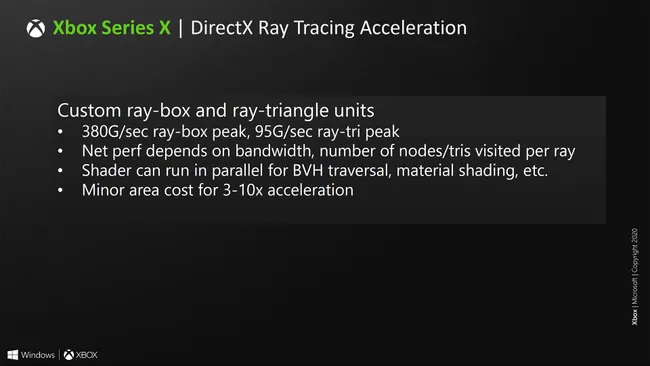disappointment from the games they've shown so far, especially Halo which seems to look like a X1 game.
'They' must mean the last show then. Because otherwise i think, graphically, they have some really impressive stuff going on. FS2020 certainly looks next gen, it's one of the most impressive next gen titles out there so far. HellBlade 2 trailer was atleast forbidden west level, Gears 5 BC was very impressive too, lifted the game above most other current xbox titles, if not all. Minecraft ray tracing on XSX was also very impressive, people seem to find MC RT amazing.
Forza also did next gen stuff, up there, atleast, with GT7!
So nah, don't agree, only if you view just the one and last show, but in total, yes they have shown stuff not possible on current gen, that means it's...... next generation stuff. Halo infinite is a Apex/fornite style of online shooter game that should run on older hardware too, it's never going to match AAA exclusives.
Also, longer in the range, im sure Fable etc are going to massively impress both gameplay and graphics wise.
You know what FUD is against MS/Xbox? Posting things like 'MS hasn't shown/isnt going to deliver next gen'. That's just being blind.
Conversely if you demo an impressive piece of software, it's because the hardware is good.
For the average Joe not knowing anything about tech yes, people that post on B3D know (or should) better.

